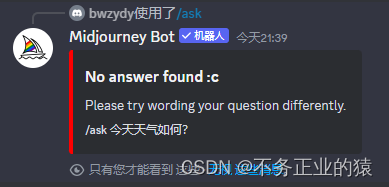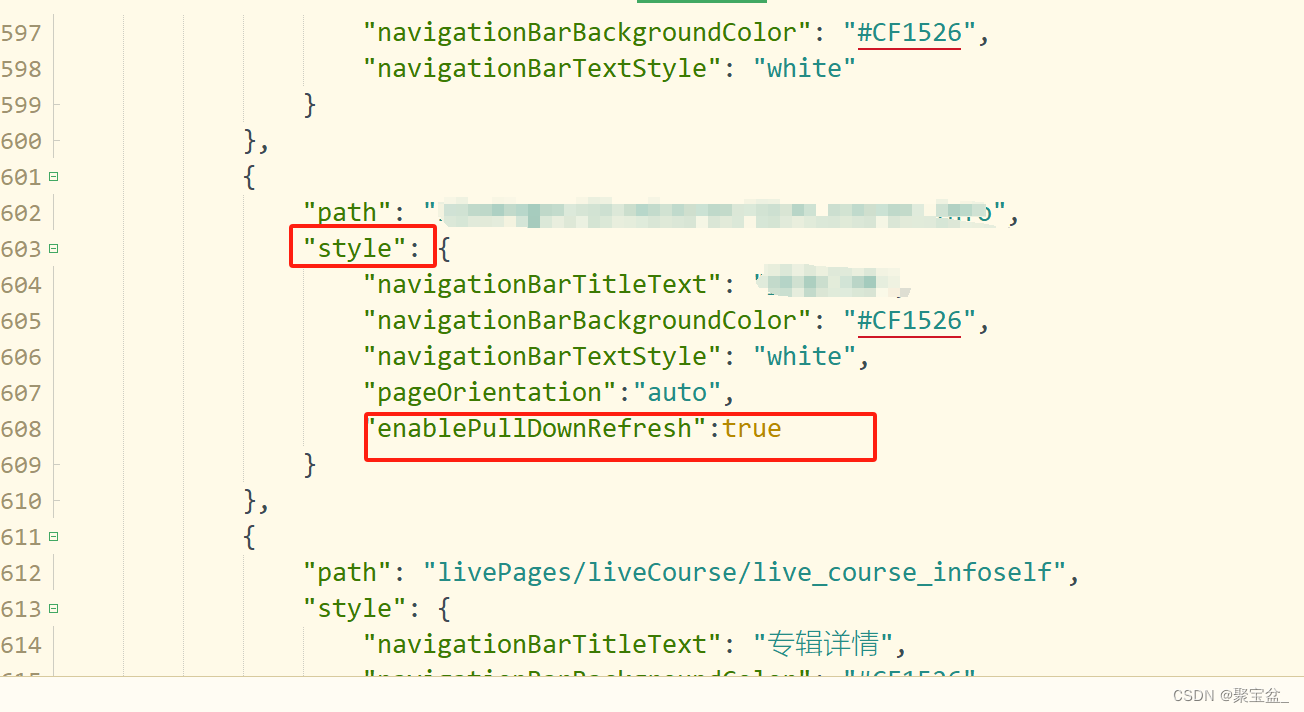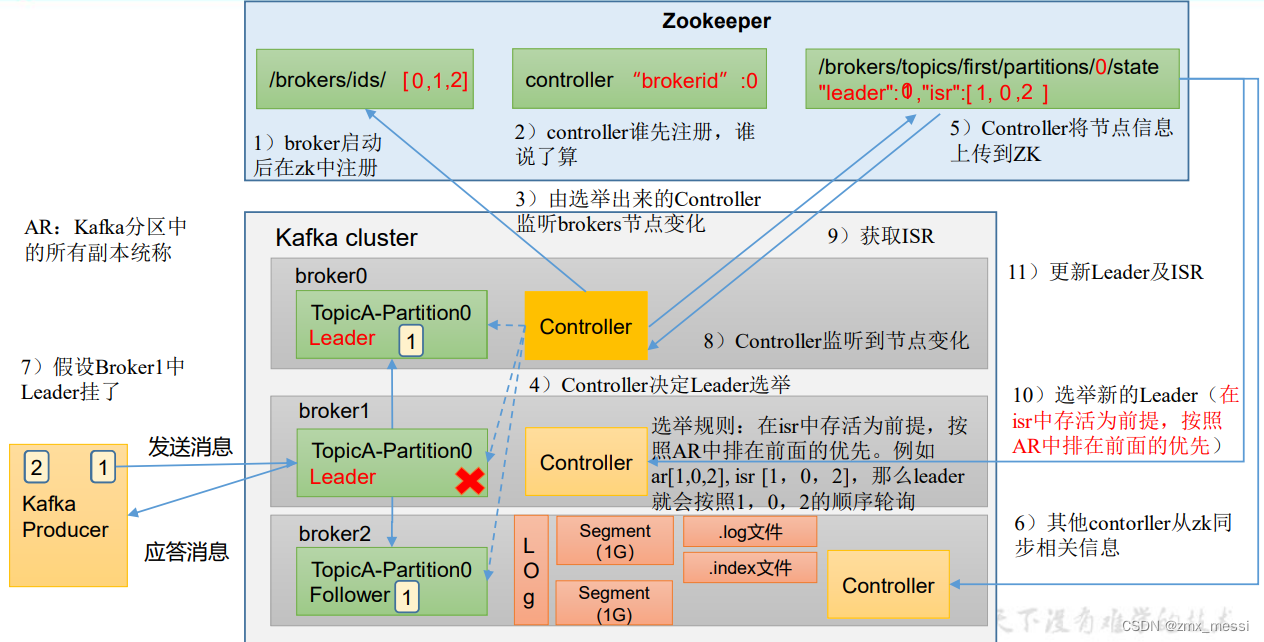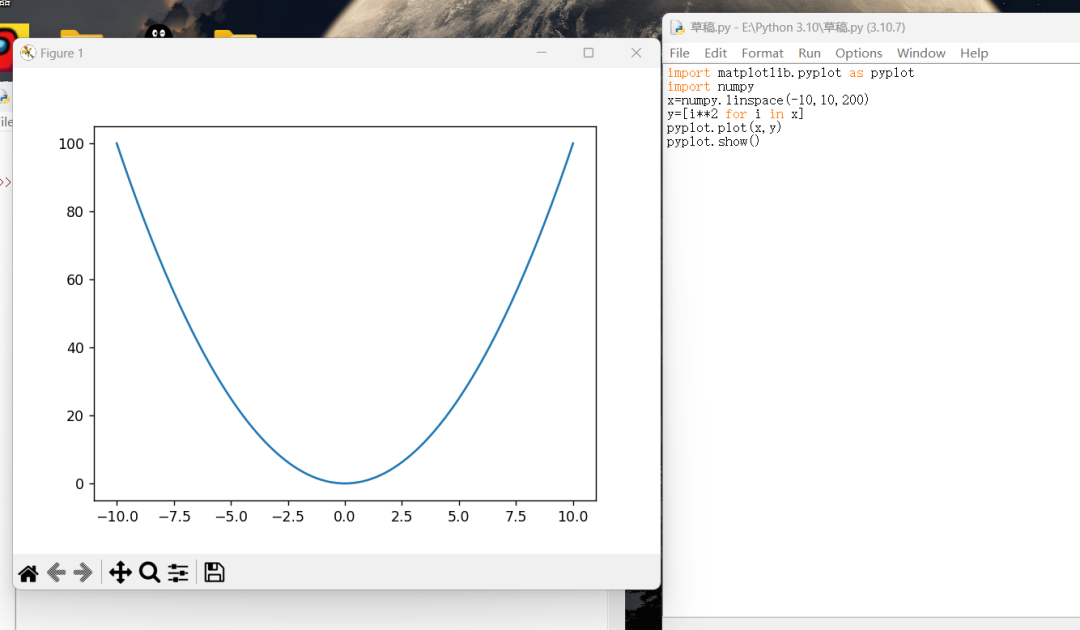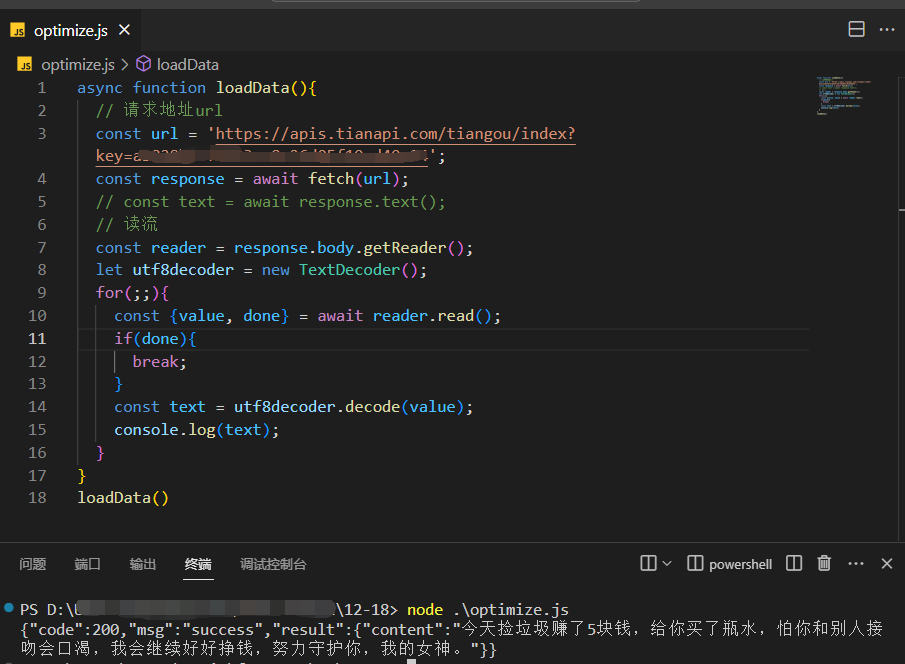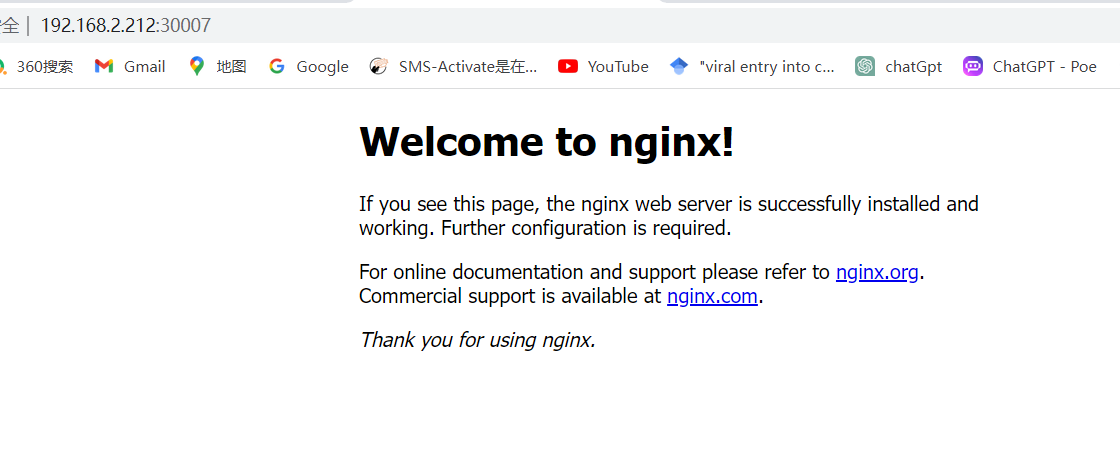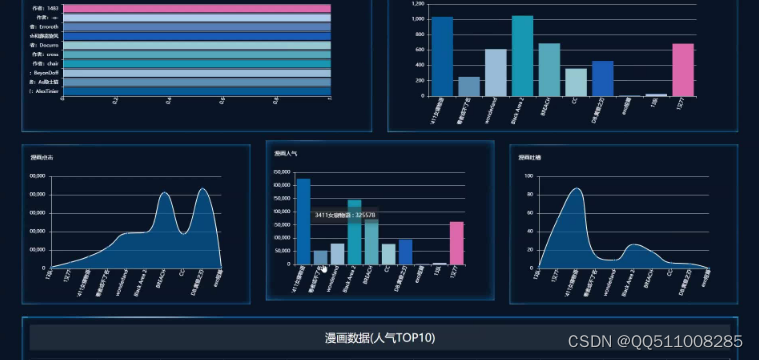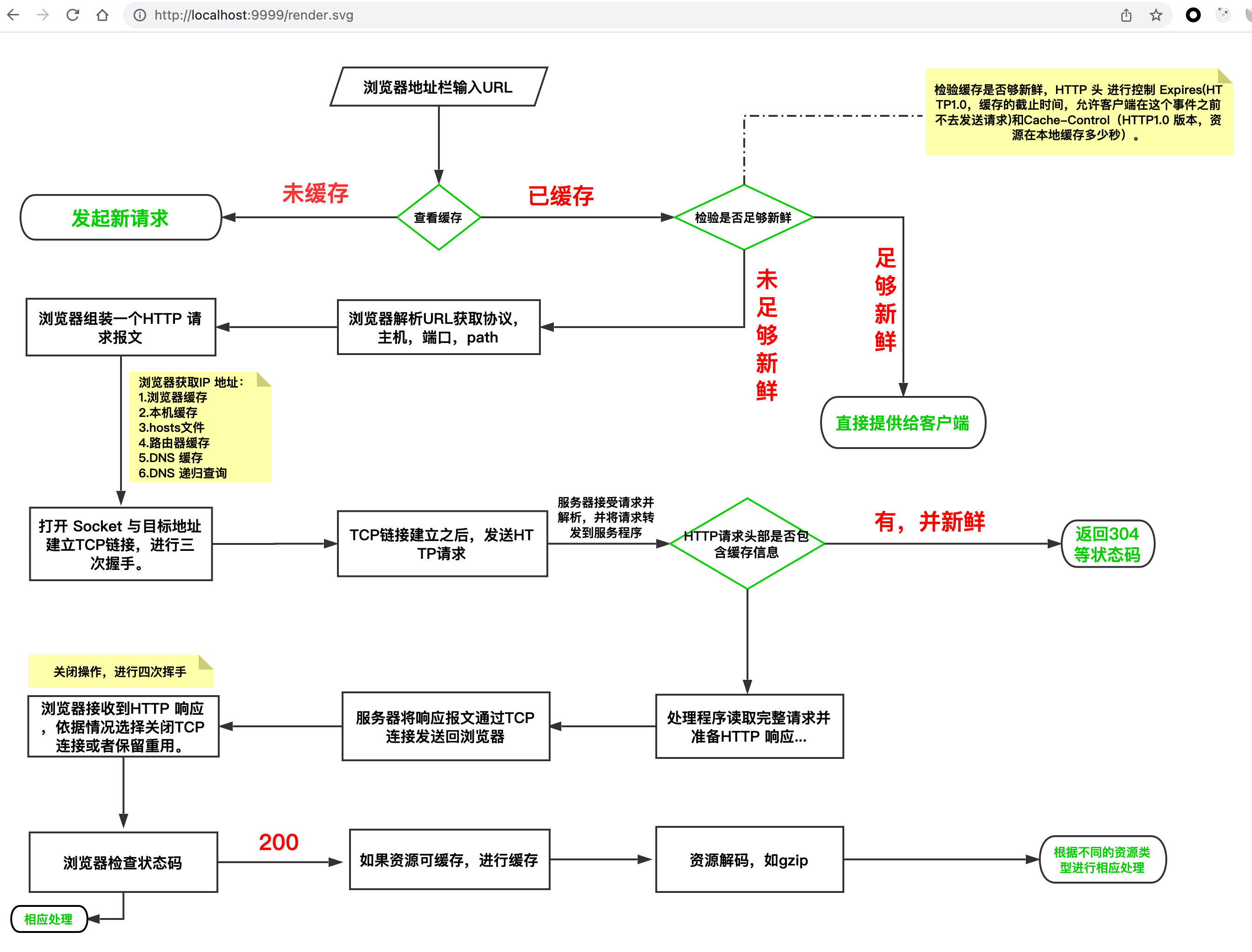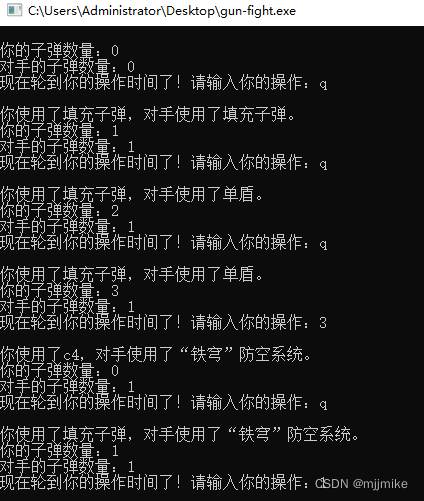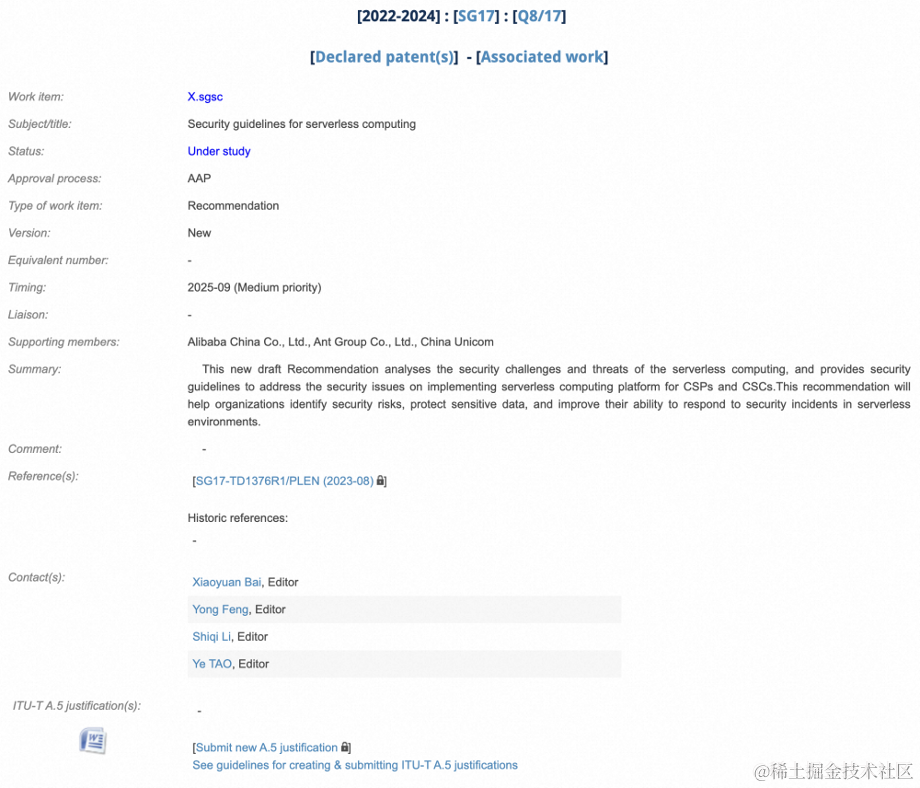SpringBoot中使用@Async实现异步调用
什么是异步调用?异步调用对应的是同步调用,同步调用指程序按照定义顺序依次执行,每一行程序都必须等待上
一行程序执行完成之后才能执行;异步调用指程序在顺序执行时,不等待异步调用的语句返回结果就执行后面的程
序。
1、pom依赖
<?xml version="1.0" encoding="UTF-8"?>
<project xmlns="http://maven.apache.org/POM/4.0.0" xmlns:xsi="http://www.w3.org/2001/XMLSchema-instance"
xsi:schemaLocation="http://maven.apache.org/POM/4.0.0 https://maven.apache.org/xsd/maven-4.0.0.xsd">
<modelVersion>4.0.0</modelVersion>
<parent>
<groupId>org.springframework.boot</groupId>
<artifactId>spring-boot-starter-parent</artifactId>
<version>2.5.6</version>
<relativePath/>
</parent>
<groupId>com.async</groupId>
<artifactId>spring-boot-async</artifactId>
<version>0.0.1-SNAPSHOT</version>
<name>spring-boot-async</name>
<description>Spring Boot 中使用@Async实现异步调用,加速任务执行!</description>
<properties>
<java.version>1.8</java.version>
</properties>
<dependencies>
<dependency>
<groupId>org.springframework.boot</groupId>
<artifactId>spring-boot-starter-web</artifactId>
</dependency>
<dependency>
<groupId>org.springframework.boot</groupId>
<artifactId>spring-boot-starter</artifactId>
</dependency>
<dependency>
<groupId>org.springframework.boot</groupId>
<artifactId>spring-boot-starter-test</artifactId>
<scope>test</scope>
</dependency>
<dependency>
<groupId>org.projectlombok</groupId>
<artifactId>lombok</artifactId>
</dependency>
</dependencies>
<build>
<plugins>
<plugin>
<groupId>org.springframework.boot</groupId>
<artifactId>spring-boot-maven-plugin</artifactId>
</plugin>
</plugins>
</build>
</project>
2、同步调用
下面通过一个简单示例来直观的理解什么是同步调用。
定义 Task 类,创建三个处理函数分别模拟三个执行任务的操作,操作消耗时间随机取(10秒内)。
package com.async;
import lombok.extern.slf4j.Slf4j;
import org.springframework.stereotype.Component;
import java.util.Random;
/**
* @author zhangshixing
* @date 2021年10月29日 14:41
*/
@Slf4j
@Component
public class AsyncTasks {
public static Random random = new Random();
public void doTaskOne() throws Exception {
log.info("开始做任务一");
long start = System.currentTimeMillis();
Thread.sleep(random.nextInt(10000));
long end = System.currentTimeMillis();
log.info("完成任务一,耗时:" + (end - start) + "毫秒");
}
public void doTaskTwo() throws Exception {
log.info("开始做任务二");
long start = System.currentTimeMillis();
Thread.sleep(random.nextInt(10000));
long end = System.currentTimeMillis();
log.info("完成任务二,耗时:" + (end - start) + "毫秒");
}
public void doTaskThree() throws Exception {
log.info("开始做任务三");
long start = System.currentTimeMillis();
Thread.sleep(random.nextInt(10000));
long end = System.currentTimeMillis();
log.info("完成任务三,耗时:" + (end - start) + "毫秒");
}
}
在单元测试用例中,注入Task对象,并在测试用例中执行doTaskOne、doTaskTwo、doTaskThree三个函数。
package com.async;
import lombok.extern.slf4j.Slf4j;
import org.junit.jupiter.api.Test;
import org.springframework.beans.factory.annotation.Autowired;
import org.springframework.boot.test.context.SpringBootTest;
import java.util.concurrent.CompletableFuture;
@Slf4j
@SpringBootTest
class SpringBootAsyncApplicationTests {
@Autowired
private AsyncTasks asyncTasks;
@Test
public void test() throws Exception {
asyncTasks.doTaskOne();
asyncTasks.doTaskTwo();
asyncTasks.doTaskThree();
}
}
执行单元测试,可以看到类似如下输出:
开始做任务一
完成任务一,耗时:8577毫秒
开始做任务二
完成任务二,耗时:185毫秒
开始做任务三
完成任务三,耗时:3702毫秒
任务一、任务二、任务三顺序的执行完了,换言之doTaskOne、doTaskTwo、doTaskThree三个函数顺序的执行
完成。
3、异步调用
上述的同步调用虽然顺利的执行完了三个任务,但是可以看到执行时间比较长,若这三个任务本身之间不存在依赖
关系,可以并发执行的话,同步调用在执行效率方面就比较差,可以考虑通过异步调用的方式来并发执行。
在Spring Boot中,我们只需要通过使用@Async注解就能简单的将原来的同步函数变为异步函数,Task类改在为
如下模式:
package com.async;
import lombok.extern.slf4j.Slf4j;
import org.springframework.scheduling.annotation.Async;
import org.springframework.stereotype.Component;
import java.util.Random;
/**
* @author zhangshixing
* @date 2021年10月29日 15:28
*/
@Slf4j
@Component
public class AsyncTasks1 {
public static Random random = new Random();
@Async
public void doTaskOne() throws Exception {
log.info("开始做任务一");
long start = System.currentTimeMillis();
Thread.sleep(random.nextInt(10000));
long end = System.currentTimeMillis();
log.info("完成任务一,耗时:" + (end - start) + "毫秒");
}
@Async
public void doTaskTwo() throws Exception {
log.info("开始做任务二");
long start = System.currentTimeMillis();
Thread.sleep(random.nextInt(10000));
long end = System.currentTimeMillis();
log.info("完成任务二,耗时:" + (end - start) + "毫秒");
}
@Async
public void doTaskThree() throws Exception {
log.info("开始做任务三");
long start = System.currentTimeMillis();
Thread.sleep(random.nextInt(10000));
long end = System.currentTimeMillis();
log.info("完成任务三,耗时:" + (end - start) + "毫秒");
}
}
为了让@Async注解能够生效,还需要在Spring Boot的主程序中配置@EnableAsync,如下所示:
package com.async;
import org.springframework.boot.SpringApplication;
import org.springframework.boot.autoconfigure.SpringBootApplication;
import org.springframework.scheduling.annotation.EnableAsync;
@EnableAsync
@SpringBootApplication
public class SpringBootAsyncApplication {
public static void main(String[] args) {
SpringApplication.run(SpringBootAsyncApplication.class, args);
}
}
在单元测试用例中,注入Task对象,并在测试用例中执行doTaskOne、doTaskTwo、doTaskThree三个函数。
package com.async;
import lombok.extern.slf4j.Slf4j;
import org.junit.jupiter.api.Test;
import org.springframework.beans.factory.annotation.Autowired;
import org.springframework.boot.test.context.SpringBootTest;
import java.util.concurrent.CompletableFuture;
@Slf4j
@SpringBootTest
class SpringBootAsyncApplicationTests {
@Autowired
private AsyncTasks1 asyncTasks1;
@Test
public void test1() throws Exception {
asyncTasks1.doTaskOne();
asyncTasks1.doTaskTwo();
asyncTasks1.doTaskThree();
}
}
执行单元测试,可以看到类似如下输出:
开始做任务二
开始做任务一
此时可以反复执行单元测试,您可能会遇到各种不同的结果,比如:
-
没有任何任务相关的输出
-
有部分任务相关的输出
-
乱序的任务相关的输出
原因是目前doTaskOne、doTaskTwo、doTaskThree三个函数的时候已经是异步执行了。主程序在异步调用
之后,主程序并不会理会这三个函数是否执行完成了,由于没有其他需要执行的内容,所以程序就自动结束
了,导致了不完整或是没有输出任务相关内容的情况。
注:@Async所修饰的函数不要定义为static类型,这样异步调用不会生效。
为了让doTaskOne、doTaskTwo、doTaskThree能正常结束,假设我们需要统计一下三个任务并发执行共耗时多
少,这就需要等到上述三个函数都完成调动之后记录时间,并计算结果。那么我们如何判断上述三个异步调用是否
已经执行完成呢?我们需要使用CompletableFuture<T>来返回异步调用的结果:
package com.async;
import lombok.extern.slf4j.Slf4j;
import org.springframework.scheduling.annotation.Async;
import org.springframework.stereotype.Component;
import java.util.Random;
import java.util.concurrent.CompletableFuture;
/**
* @author zhangshixing
* @date 2021年10月29日 15:47
*/
@Slf4j
@Component
public class AsyncTasks2 {
public static Random random = new Random();
@Async
public CompletableFuture<String> doTaskOne() throws Exception {
log.info("开始做任务一");
long start = System.currentTimeMillis();
Thread.sleep(random.nextInt(10000));
long end = System.currentTimeMillis();
log.info("完成任务一,耗时:" + (end - start) + "毫秒");
return CompletableFuture.completedFuture("任务一完成");
}
@Async
public CompletableFuture<String> doTaskTwo() throws Exception {
log.info("开始做任务二");
long start = System.currentTimeMillis();
Thread.sleep(random.nextInt(10000));
long end = System.currentTimeMillis();
log.info("完成任务二,耗时:" + (end - start) + "毫秒");
return CompletableFuture.completedFuture("任务二完成");
}
@Async
public CompletableFuture<String> doTaskThree() throws Exception {
log.info("开始做任务三");
long start = System.currentTimeMillis();
Thread.sleep(random.nextInt(10000));
long end = System.currentTimeMillis();
log.info("完成任务三,耗时:" + (end - start) + "毫秒");
return CompletableFuture.completedFuture("任务三完成");
}
}
按照如上方式改造一下其他两个异步函数之后,下面我们改造一下测试用例,让测试在等待完成三个异步调用之后
来做一些其他事情。
package com.async;
import lombok.extern.slf4j.Slf4j;
import org.junit.jupiter.api.Test;
import org.springframework.beans.factory.annotation.Autowired;
import org.springframework.boot.test.context.SpringBootTest;
import java.util.concurrent.CompletableFuture;
@Slf4j
@SpringBootTest
class SpringBootAsyncApplicationTests {
@Autowired
private AsyncTasks2 asyncTasks2;
@Test
public void test2() throws Exception {
long start = System.currentTimeMillis();
CompletableFuture<String> task1 = asyncTasks2.doTaskOne();
CompletableFuture<String> task2 = asyncTasks2.doTaskTwo();
CompletableFuture<String> task3 = asyncTasks2.doTaskThree();
CompletableFuture.allOf(task1, task2, task3).join();
long end = System.currentTimeMillis();
log.info("任务全部完成,总耗时:" + (end - start) + "毫秒");
}
}
看看我们做了哪些改变:
- 在测试用例一开始记录开始时间
- 在调用三个异步函数的时候,返回
CompletableFuture<String>类型的结果对象 - 通过
CompletableFuture.allOf(task1, task2, task3).join()实现三个异步任务都结束之前的阻塞效果 - 三个任务都完成之后,根据结束时间 - 开始时间,计算出三个任务并发执行的总耗时。
执行一下上述的单元测试,可以看到如下结果:
开始做任务二
开始做任务一
完成任务二,耗时:5375毫秒
开始做任务三
完成任务一,耗时:6298毫秒
完成任务三,耗时:9388毫秒
任务全部完成,总耗时:14780毫秒
可以看到,通过异步调用,让任务一、二、三并发执行,有效的减少了程序的总运行时间。
4、千万不要这样使用@Async注解
在实际的项目中,对于一些用时比较长的代码片段或者函数,我们可以采用异步的方式来执行,这样就不会影响整
体的流程了。比如我在一个用户请求中需要上传一些文件,但是上传文件的耗时会相对来说比较长,这个时候如果
上传文件的成功与否不影响主流程的话,就可以把上传文件的操作异步化,在spring boot中比较常见的方式就是
把要异步执行的代码片段封装成一个函数,然后在函数头使用@Async注解,就可以实现代码的异步执行(当然首
先得在启动类上加上@EnableAsync注解了)。
下面这里主要讲解使用 @Async 注解中遇到的一个坑。
那么这个坑是什么呢?就是如果你在同一个类里面调用一个自己的被@Async修饰的函数时,这个函数将不会被异
步执行,它依然是同步执行的,下面来演示一下。
记得在启动类上加上@EnableAsync注解。
package com.async;
import org.springframework.boot.SpringApplication;
import org.springframework.boot.autoconfigure.SpringBootApplication;
import org.springframework.scheduling.annotation.EnableAsync;
@EnableAsync
@SpringBootApplication
public class SpringBootAsyncApplication {
public static void main(String[] args) {
SpringApplication.run(SpringBootAsyncApplication.class, args);
}
}
然后再新建一个类Task,用来放三个异步任务doTaskOne、doTaskTwo、doTaskThree:
package com.async;
import lombok.extern.slf4j.Slf4j;
import org.springframework.scheduling.annotation.Async;
import org.springframework.stereotype.Component;
import java.util.Random;
/**
* @author zhangshixing
* @date 2021年10月29日 15:28
*/
@Slf4j
@Component
public class AsyncTasks1 {
public static Random random = new Random();
@Async
public void doTaskOne() throws Exception {
log.info("开始做任务一");
long start = System.currentTimeMillis();
Thread.sleep(random.nextInt(10000));
long end = System.currentTimeMillis();
log.info("完成任务一,耗时:" + (end - start) + "毫秒");
}
@Async
public void doTaskTwo() throws Exception {
log.info("开始做任务二");
long start = System.currentTimeMillis();
Thread.sleep(random.nextInt(10000));
long end = System.currentTimeMillis();
log.info("完成任务二,耗时:" + (end - start) + "毫秒");
}
@Async
public void doTaskThree() throws Exception {
log.info("开始做任务三");
long start = System.currentTimeMillis();
Thread.sleep(random.nextInt(10000));
long end = System.currentTimeMillis();
log.info("完成任务三,耗时:" + (end - start) + "毫秒");
}
}
在单元测试类上注入Task,在测试用例上测试这三个方法的执行过程:
package com.async;
import lombok.extern.slf4j.Slf4j;
import org.junit.jupiter.api.Test;
import org.springframework.beans.factory.annotation.Autowired;
import org.springframework.boot.test.context.SpringBootTest;
@Slf4j
@SpringBootTest
class SpringBootAsyncApplicationTests1 {
@Autowired
AsyncTasks1 asyncTasks1;
@Test
void contextLoads() throws Exception {
asyncTasks1.doTaskOne();
asyncTasks1.doTaskTwo();
asyncTasks1.doTaskThree();
Thread.sleep(10000);
}
}
为了让这三个方法执行完,我们需要再单元测试用例上的最后一行加上一个延时,不然等函数退出了,异步任务还
没执行完。
我们启动看看效果:
开始做任务一
开始做任务二
完成任务二,耗时:314毫秒
开始做任务三
完成任务一,耗时:1365毫秒
完成任务三,耗时:3376毫秒
我们看到三个任务确实是异步执行的,那我们再看看错误的使用方法。
我们在测试类里面把这三个函数再写一遍,并在测试用例上调用测试类自己的方法:
package com.async;
import lombok.extern.slf4j.Slf4j;
import org.junit.jupiter.api.Test;
import org.springframework.boot.test.context.SpringBootTest;
import org.springframework.scheduling.annotation.Async;
import java.util.Random;
@Slf4j
@SpringBootTest
class SpringBootAsyncApplicationTests2 {
public static Random random = new Random();
@Test
void contextLoads() throws Exception {
doTaskOne();
doTaskTwo();
doTaskThree();
Thread.sleep(10000);
}
@Async
public void doTaskOne() throws Exception {
System.out.println("开始做任务一");
long start = System.currentTimeMillis();
Thread.sleep(random.nextInt(10000));
long end = System.currentTimeMillis();
System.out.println("完成任务一,耗时:" + (end - start) + "毫秒");
}
@Async
public void doTaskTwo() throws Exception {
System.out.println("开始做任务二");
long start = System.currentTimeMillis();
Thread.sleep(random.nextInt(10000));
long end = System.currentTimeMillis();
System.out.println("完成任务二,耗时:" + (end - start) + "毫秒");
}
@Async
public void doTaskThree() throws Exception {
System.out.println("开始做任务三");
long start = System.currentTimeMillis();
Thread.sleep(random.nextInt(10000));
long end = System.currentTimeMillis();
System.out.println("完成任务三,耗时:" + (end - start) + "毫秒");
}
}
我们再看看效果:
开始做任务一
完成任务一,耗时:1332毫秒
开始做任务二
完成任务二,耗时:7568毫秒
开始做任务三
完成任务三,耗时:1419毫秒
它们竟然是顺序执行的!也就是同步执行,并没有达到异步的效果。
5、用@Async会内存溢出?看看你的线程池配置了没?
上面我们介绍了如何使用@Async注解来创建异步任务,我可以用这种方法来实现一些并发操作,以加速任务的执
行效率。但是,如果只是如前文那样直接简单的创建来使用,可能还是会碰到一些问题。存在有什么问题呢?先来
思考下,下面的这个接口,通过异步任务加速执行的实现,是否存在问题或风险呢?
package com.async.controller;
import com.async.AsyncTasks2;
import org.springframework.beans.factory.annotation.Autowired;
import org.springframework.web.bind.annotation.GetMapping;
import org.springframework.web.bind.annotation.RestController;
import java.util.concurrent.CompletableFuture;
/**
* @author zhangshixing
* @date 2021年10月30日 9:15
*/
@RestController
public class HelloController {
@Autowired
private AsyncTasks2 asyncTasks;
@GetMapping("/hello")
public String hello() throws Exception {
// 将可以并行的处理逻辑,拆分成三个异步任务同时执行
CompletableFuture<String> task1 = asyncTasks.doTaskOne();
CompletableFuture<String> task2 = asyncTasks.doTaskTwo();
CompletableFuture<String> task3 = asyncTasks.doTaskThree();
CompletableFuture.allOf(task1, task2, task3).join();
return "Hello World";
}
}
虽然,从单次接口调用来说,是没有问题的。但当接口被客户端频繁调用的时候,异步任务的数量就会大量增长:
3 x n(n为请求数量),如果任务处理不够快,就很可能会出现内存溢出的情况。那么为什么会内存溢出呢?根本
原因是由于Spring Boot默认用于异步任务的线程池是这样配置的:

图中我标出的两个重要参数是需要关注的:
-
queueCapacity:缓冲队列的容量,默认为INT的最大值(2的31次方-1)。 -
maxSize:允许的最大线程数,默认为INT的最大值(2的31次方-1)。
所以,默认情况下,一般任务队列就可能把内存给堆满了。所以,我们真正使用的时候,还需要对异步任务的执行
线程池做一些基础配置,以防止出现内存溢出导致服务不可用的问题。
5.1 配置默认线程池
默认线程池的配置很简单,只需要在配置文件中完成即可,主要有以下这些参数:
spring.task.execution.pool.core-size=2
spring.task.execution.pool.max-size=5
spring.task.execution.pool.queue-capacity=10
spring.task.execution.pool.keep-alive=60s
spring.task.execution.pool.allow-core-thread-timeout=true
spring.task.execution.shutdown.await-termination=false
spring.task.execution.shutdown.await-termination-period=
spring.task.execution.thread-name-prefix=task-
具体配置含义如下:
-
spring.task.execution.pool.core-size:线程池创建时的初始化线程数,默认为8 -
spring.task.execution.pool.max-size:线程池的最大线程数,默认为int最大值 -
spring.task.execution.pool.queue-capacity:用来缓冲执行任务的队列,默认为int最大值 -
spring.task.execution.pool.keep-alive:线程终止前允许保持空闲的时间 -
spring.task.execution.pool.allow-core-thread-timeout:是否允许核心线程超时 -
spring.task.execution.shutdown.await-termination:是否等待剩余任务完成后才关闭应用 -
spring.task.execution.shutdown.await-termination-period:等待剩余任务完成的最大时间 -
spring.task.execution.thread-name-prefix:线程名的前缀,设置好了之后可以方便我们在日志中查看处理任务所在的线程池
5.2 动手试一试
首先,在没有进行线程池配置之前,可以先执行一下单元测试:
package com.async;
import lombok.extern.slf4j.Slf4j;
import org.junit.jupiter.api.Test;
import org.springframework.beans.factory.annotation.Autowired;
import org.springframework.boot.test.context.SpringBootTest;
import java.util.concurrent.CompletableFuture;
@Slf4j
@SpringBootTest
class SpringBootAsyncApplicationTests {
@Autowired
private AsyncTasks2 asyncTasks2;
@Test
public void test2() throws Exception {
long start = System.currentTimeMillis();
CompletableFuture<String> task1 = asyncTasks2.doTaskOne();
CompletableFuture<String> task2 = asyncTasks2.doTaskTwo();
CompletableFuture<String> task3 = asyncTasks2.doTaskThree();
CompletableFuture.allOf(task1, task2, task3).join();
long end = System.currentTimeMillis();
log.info("任务全部完成,总耗时:" + (end - start) + "毫秒");
}
}
由于默认线程池的核心线程数是8,所以3个任务会同时开始执行,日志输出是这样的:
开始做任务一
开始做任务二
开始做任务三
完成任务二,耗时:770毫秒
完成任务一,耗时:7859毫秒
完成任务三,耗时:9598毫秒
任务全部完成,总耗时:9611毫秒
接着,可以尝试在配置文件中增加如下的线程池配置
spring.task.execution.pool.core-size=2
spring.task.execution.pool.max-size=5
spring.task.execution.pool.queue-capacity=10
spring.task.execution.pool.keep-alive=60s
spring.task.execution.pool.allow-core-thread-timeout=true
spring.task.execution.shutdown.await-termination=false
spring.task.execution.shutdown.await-termination-period=
spring.task.execution.thread-name-prefix=task-
日志输出的顺序会变成如下的顺序:
开始做任务二
开始做任务一
完成任务二,耗时:185毫秒
开始做任务三
完成任务一,耗时:2762毫秒
完成任务三,耗时:4307毫秒
任务全部完成,总耗时:4510毫秒
- 任务一和任务二会马上占用核心线程,任务三进入队列等待。
- 任务二完成,释放出一个核心线程,任务三从队列中移出,并占用核心线程开始处理。

